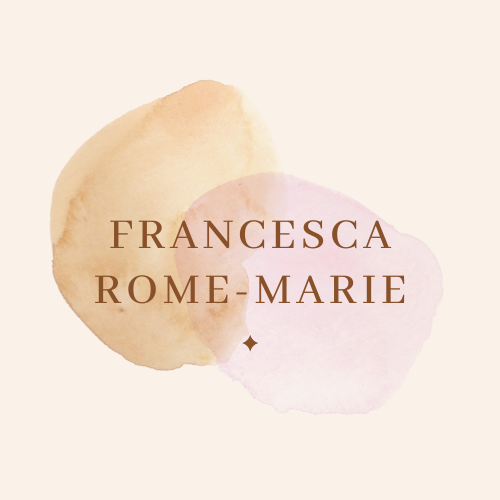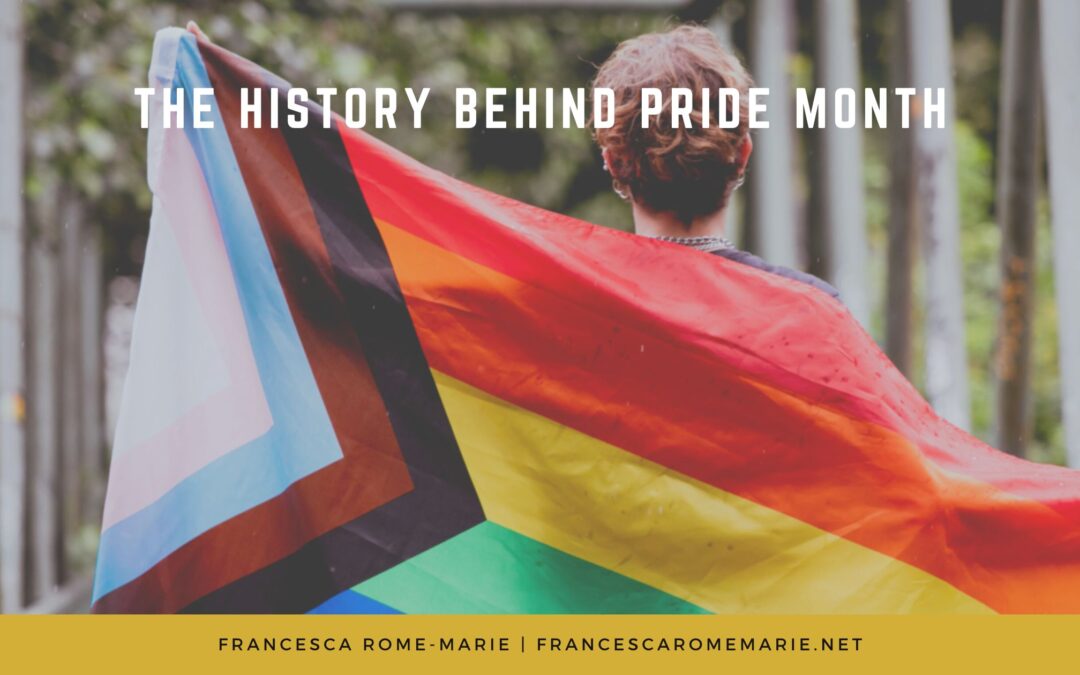Pride Month (most commonly held in June) is a month dedicated to advocating for LGBTQIA+ rights, uplifting LGBTQIA+ voices, and celebrating LGBTQIA+ culture. Today, Pride takes many forms: parades, protests, drag performances, picnics, live theater, and memorials and celebrations of life for community members who lost their lives to HIV/AIDS or hate crimes. It is part political activism, part celebration of all the LGBTQIA+ community has achieved over the years. Before Pride became a celebration, it started as a protest.
How It Started
In the 1960’s homosexual acts were deemed illegal in almost every state in the US. Bars and restaurants faced getting shut down for having gay employees or patrons. And in New York, people could not wear more than three items of clothing that didn’t “match” their assigned gender.
While police had harassed gay establishments before, and LGBTQIA+ individuals had resisted before, on June 28, 1969, a raid on the Stonewall Inn in NYC sparked a six-day uprising that would launch a new era of resistance and activism.
Accounts of exactly who did what and when differ, but what is clear is that for established activists like Marsha P. Johnson, Silvia Rivera, and others – and the wider community – the Christopher Street Uprising/ Stonewall Riots were a tipping point in the modern movement for LGBTQIA+ rights.
The Very First Pride
The first Pride events were held in New York City, LA, and Chicago as a commemoration of the first anniversary of Stonewall. Primary sources available at the Library of Congress provide detailed information about how this first march was planned, why it was important, and visions for the future of Pride. Others, including the film Gay and Proud, documented the events and sentiments of the moment.
LGBTQIA+ Pride Today
The first Pride march in NYC had an estimated 3-5 thousand participants, and a goal of becoming a national event – current day NYC attendance is counted in the millions and Pride is international.
Even in its most celebratory or subtle iterations, Pride has always been political. And while great strides have been made toward equality in much of the world, LGBTQIA+ individuals still suffer gaping inequalities and real dangers. This can range from lack of anti-discrimination protection to criminal jeopardy.
For this reason, many worry that the commercial buy-in that has become prevalent in some countries distracts from the work left to be done – especially as countries like the US seem to be backsliding on LGBTQIA+ rights. So, while it is heartening to see the global force that Pride has become, we must not forget the reason it is necessary in the first place.

